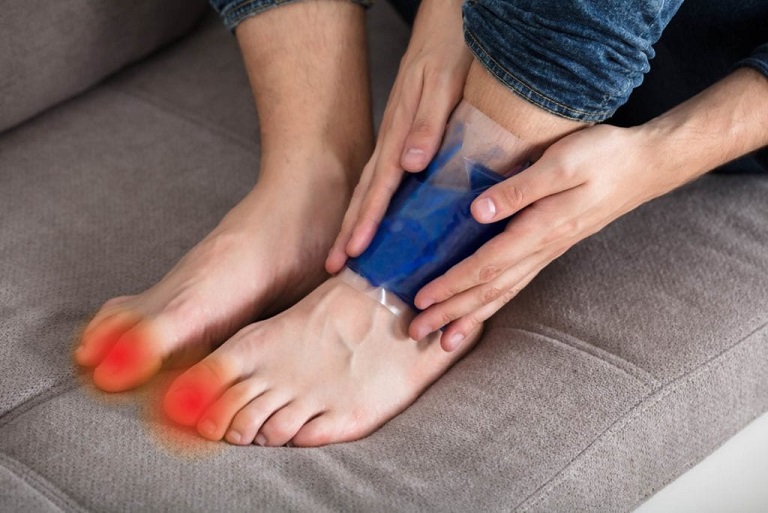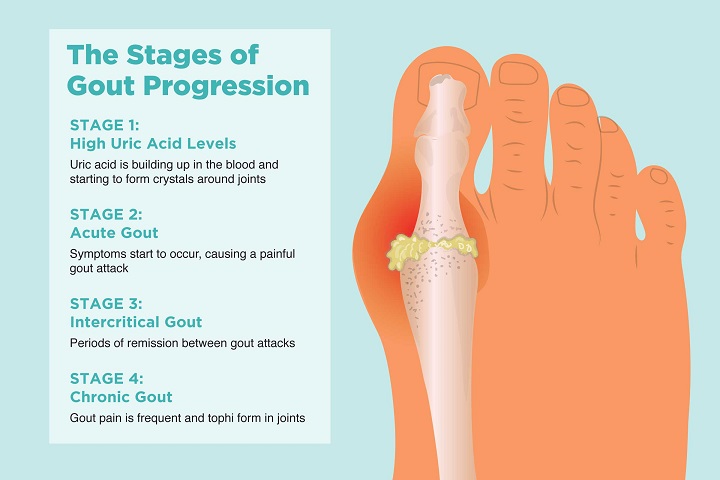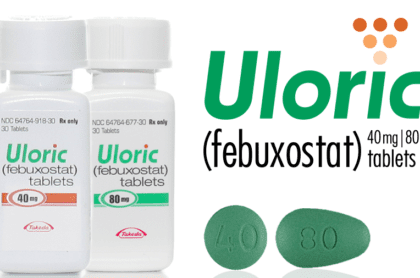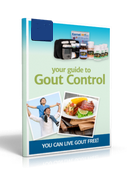The shear number of variables involved with recurrent Gout attacks is nothing short of overwhelming. The search can have you running in 50 different directions to try and determine what triggered the attack. What food did I eat? Did I drink enough water? Could it be my medication? Did I hurt myself? Am I too stressed out right now? The list goes on and on. How about the weather? Does the weather factor into the risk? Evidently, it does, and there are studies to prove it.
Boston University School of Medicine conducted a study to test the suspected effects of humidity and temperature on the changes of recurrent gout attacks. This took place over a two-day control period noting temperature, barometric pressure, humidity, and precipitation for each person’s zip code. Adjustments were made for alcohol consumption, purine intake, and diuretic use. The study linked volume depletion, or extracellular fluid volume contraction (ECF) to the risk of recurrent Gout attacks. High temperatures and extreme degrees of humidity, in both directions, were associated with higher risk of gout attacks. High ambient temperature and low humidity yields the greatest association by some 40% compared with moderate temperature and relative humidity. “Our data indicate that both high temperature and high humidity are associated with an increased risk of recurrent gout attacks,” explains Yuquing Zhang, D.Sc., Professor of Medicine and Epidemiology, Boston University School of Medicine; Boston, Massachusetts and an investigator in the study. “Thus, when it’s hot and humid, those with gout should consider drinking more fluids to avoid potentially painful gout attacks.”
Even though there is a proclivity for the distal joints to be affected more due to colder temperatures, the study did not seem to show any correlation between colder weather and higher risk of an attack. Volume depletion, not to be confused with dehydration, and metabolic acidosis are driving forces behind a decrease in uric acid excretion and an increase in uric acid production. Acidosis also affects uric acid solubility allowing for crystal formation. The distal joints tend to carry a lower blood pH making them more susceptible to uric acid crystallization.
High humidity disrupts the body’s ability to regulate its temperature. The evaporative cooling process related to sweating becomes less effective and, in turn, causes the body temperature to rise and perspire in an attempt to cool. The combination of high temperatures and high humidity naturally increase the risk for dehydration. Our beverage selection in this circumstance is crucial. Some may replace this loss with water, but some tend to grab a sugary or beer related option, wreaking even more havoc on the attempts to remain gout attack free. Many do not realize that low humidity can also lead to dehydration by way of increased evaporation from the skin and mucous membranes. This poses an even greater risk due to the fact that it may “feel” cooler further keeping us from replacing this loss by drinking more water as it would require. Think about this when it comes to flying on an airplane. Despite the temperature feeling comfortable, the cabin tends to be very dry. Many experience attacks during travel, and this happens to be one of a many components that add to that risk.
In conclusion, it has been determined that both high temperature and the extremes of humidity are associated with an increased risk of recurrent gout attacks. Under such weather conditions, people with gout should aim to increase fluid intake to replace volume depletion.
Avoiding Gout while traveling
Why does Gout attack mostly at night?
Gout and Higher Risk of Death








